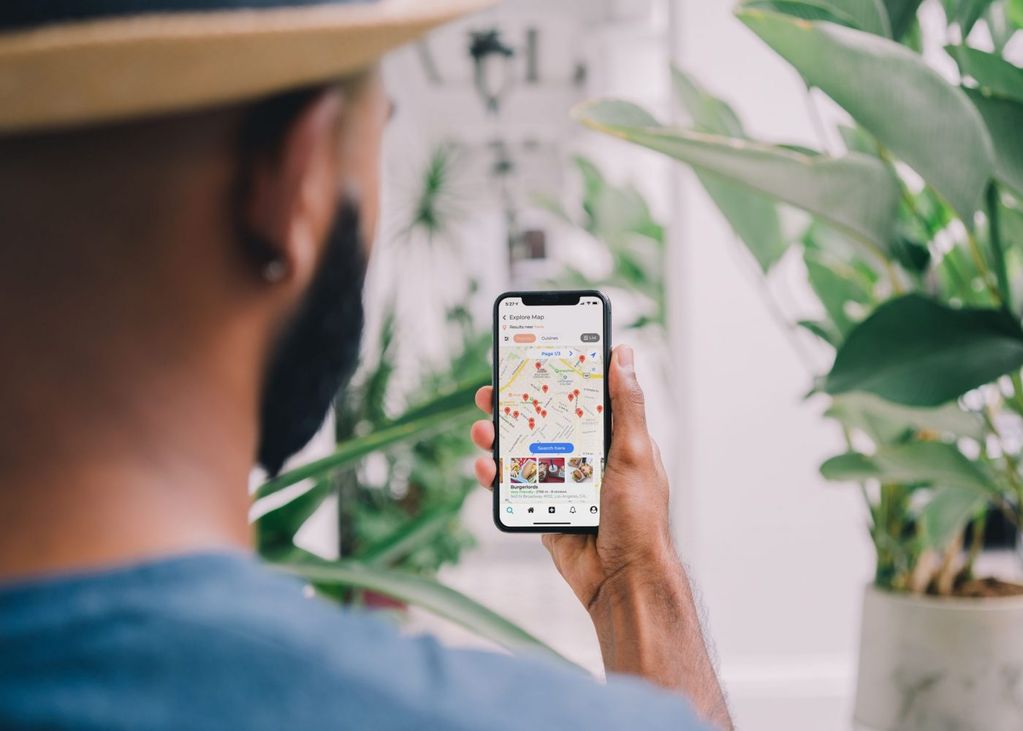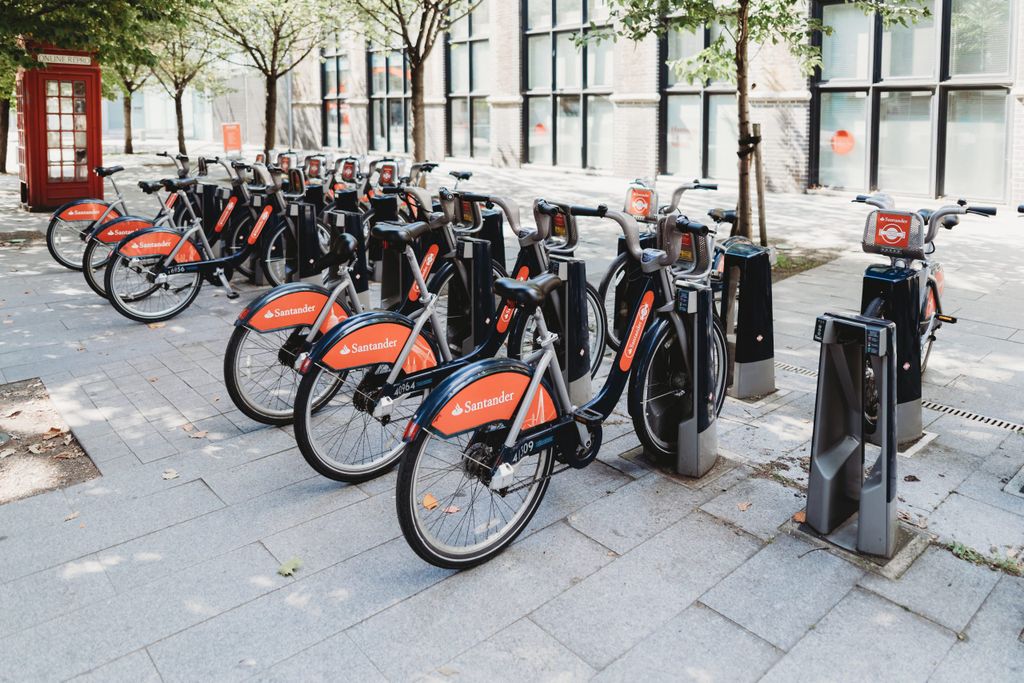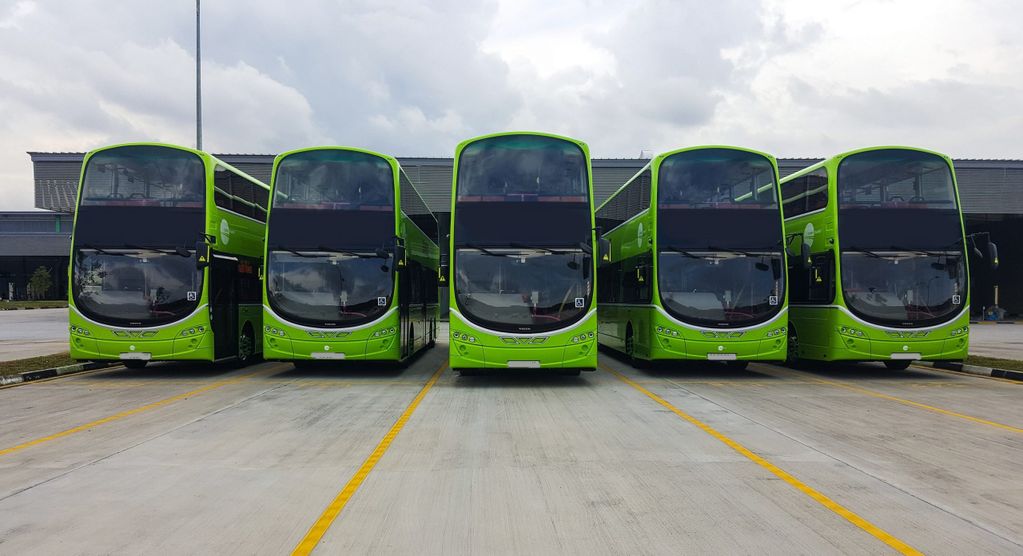
5 ways data sharing boosts urban mobility
Standardised data sharing, interoperable systems, and understanding the pandemic through ticketing; in the latest UITP webinar on ‘Data sharing practices for smart mobility’ experts discussed how digitalisation is redefining public transport.
Held on the 15 March, the webinar featured Lauren Sager Weinstein, Chief Data Officer at Transport for London, and Normando Lyuichi Nakata, Superintendent for Innovation at CCR Brazil.
‘Data sharing practices for smart mobility’ was part of the webinar series building up to IT-TRANS. The leading International Conference and exhibition focused on IT solutions for Public Transport takes place from 10-12 May 2022 at the Karlsruhe Trade Fair Centre in Germany.
Here are 5 key lessons from the webinar!
Door-to-door mobility? Thank standardised data sharing!
Multimodal travel is going from strength to strength. So, to begin this webinar, the first topic of discussion naturally introduced DATA4PT.
Coordinated by UITP, DATA4PT is an EU-funded project which supports the development of data exchange standards and models in the EU. The project aims to advance how data in Europe is treated and shared. The project also supports EU member states’ deployment of public transport data standards.
The work of this project enhances partnerships among authorities and travel information service providers – ultimately aligning standards and advancing shared mobility services for everybody.


Interoperability of mobility-related data in europe
Did you know that each EU Member State must establish a National Access Point (NAP)? A NAP is a place where mobility related data is published and made available for use.
NAPCORE is a project which was launched as a coordination mechanism to improve interoperability of the NAPs as backbone of European mobility data exchange.
Like DATA4PT, the project works on data standardisation. NAPCORE aims to improve interoperability of mobility-related data in Europe with mobility data standard harmonisation and alignment.
The project can improve areas such as travel information services – something beneficial for all citizens.
A database for the dynamic and techy cyclist
Transport for London is working on multiple dynamic data projects. For cyclists, this notably includes a database of 500,000 images of cycling assets across London. The database includes signs, road markings, lane markings and more.
The database is available for free public use to encourage active travel and allow customers to see and understand cycling infrastructure in London.
That’s what we call a useful resource!


An overview of ticketing taps to help understand the pandemic
Throughout the pandemic, Transport for London has measured demand for operations to help the UK Government understand the impact of COVID19 guidance. One way they have done this: ticketing taps data.
Ticketing taps data is a very useful asset. Transport for London has broken down the number of taps by day and station type (airport, city, inner suburb, outer suburb, shopping, terminus, tourist).
The data is now regularly published on their website for the public to see, allowing for transparency and greater understanding.
An opportunity for developing regions
Data sharing offers multiple possibilities, especially for developing regions, although it might not always be easy. Normando Lyuichi Nakata from Brazil, noted that in his city of São Paulo, data is not shared in the same way as London.
Normando mentioned that working with, maintaining, and sharing data takes effort, time, and resources. Alongside this, numerous operators in São Paulo do not have a single, integrated approach for data management and sharing.
However, Normando sees an excellent opportunity for innovation in public transport where open data can truly improve mobility and quality for life.
become a member








